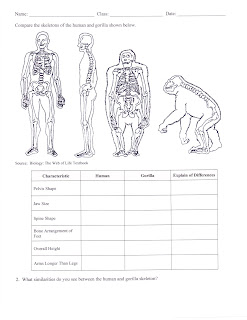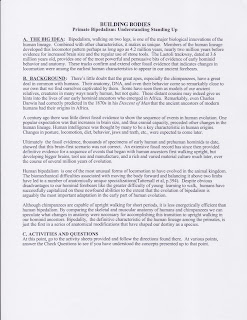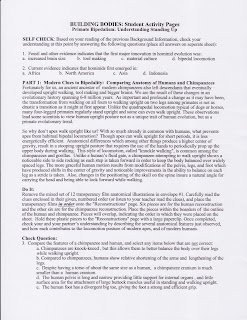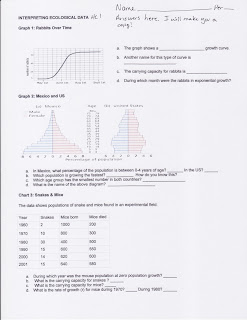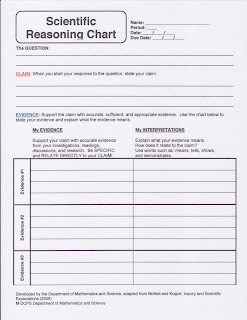ESSENTIAL QUESTION: What evidence supports the idea that life on earth can change?
RELEVANCE: Prove it to me!
NGSSS: SC.912.L.15.1; MAFS.912.N-Q.1.1; LAFS.910.SL.1.1
LEARNING OBJECTIVES: Students will be able to:
-Identify bodies of evidence that support the scientific theory of evolution.
-Recognize anatomical similarities such as homologous structures and vestigial organs when referring to comparative anatomy and comparative embryology.
BELL RINGER - Macromolecules review (see dropbox)
VOCABULARY: biogeography, brain stem, cerebellum, cerebrum, comparative anatomy
HOME LEARNING: notebook update
AGENDA
WHOLE GROUP
WE reviewed interdisciplinary connections with ELA and other subjects as it relates to our studies. Today, we will continue with making inferences and comparing and contrasting.
We continued explaining how scientists use proof from information gathered by biogeography, molecular biology, fossils, homologous structures and analogous structures to support the theory of evolution.
SMALL GROUP/INDEPENDENT PRACTICE/DI
Students who complete work early should to to Edgenuity and work on the topics they received less than 70% from the last exam
HOTS:
-Which method of evidence for evolution is the strongest? Why do you think so?
-How might the fossil record mislead someone in trying to create evolutionary ties between two species/organisms?
EXIT STRATEGY:
Molecular Biology Summary Question.









